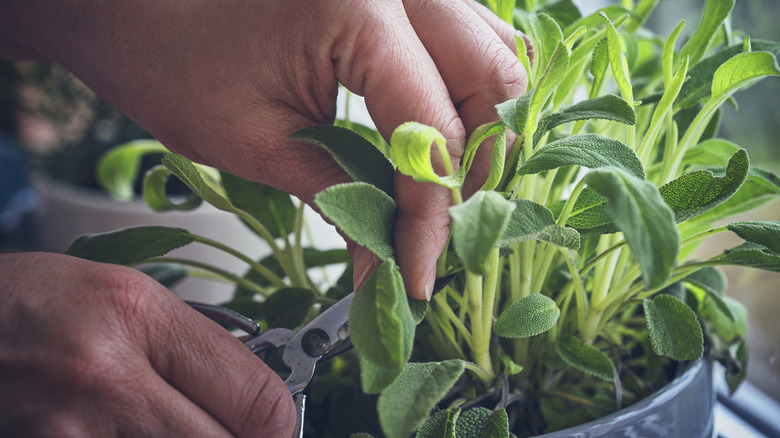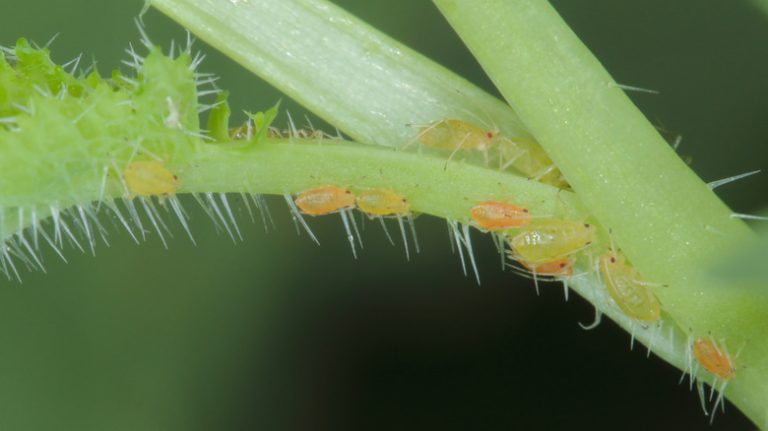If you find yourself dealing with an unannounced rodent visitor, but you don’t want to risk harming your fur babies or children when trying to get rid of it, then look no further than your kitchen or garden for a solution that will send mice and rats packing. Sage is more than just a culinary treat — it’s a natural defender against these critters. Mice and rats heavily rely on their sense of smell to navigate and find food, and sage’s fragrant aroma creates an environment that these rodents can’t stand. They’d rather stay far away from your sage-scented home and garden than face an assault on the senses.
In areas with mild climates, outdoor sage is a champ and will stick around all year as a perennial. But if you’re dealing with scorching summers or freezing winters, it might not make it through, though you can still grow it as a one-season wonder if you want. The variety also doesn’t really matter — both white and green sage pack a punch in the nose department. Plus, if you’re growing sage outside, you can bet that the pollinators will flock to your garden in droves.
Sage acts like a delicate security guard

Mice and rats are super sensitive to smells, and they can’t stand strong odors that make their noses go “eww.” Thanks to the naturally occurring chemical compounds thujone and cineloe that are found in this herb, it sort of acts like a punch in the face to these rodents. These essential oils mess with rodent’s senses and cover up scent and marking trails, which can spell danger to these skittish little creatures. So, if you’ve got a mouse or rat problem and want to skip inhumane traps and/or chemical warfare, just make little sachets of dried sage and hang them in areas that look like they could be possible entry points.
In addition to leaving dried or fresh sage inside your home, it’s a smart move to plant sage outside near the spots where rodents like to sneak in, like around the edges of your garden, close to your veggie patches, or around windows and doorways. That way, you’ve got a natural rodent bouncer on duty inside and out. If you don’t happen to have any of the natural stuff, you can also opt for using sage essential oil. Just dab some on a cotton ball and strategically place them in rodent transit areas. That smell should create a little barrier that says “you shall not pass,” and will divert them away from your home.
Keep an eye on your pets and littles

While sage does a pretty awesome job at keeping mice and rats away, it might not do much if you’ve got a serious rodent bacchanalia going on. In those types of cases, you’ll most definitely want to use it alongside other humane trapping methods, like catch-and-release traps. You can even try mixing it up by planting sage alongside other herbs like rosemary, lavender, or mint in your garden, and using essential oils or dried herbs inside your home for an extra powerful assault on their sensitive noses.
When you’re using sage to break up a rodent party, don’t forget to keep an eye on your four-legged and human kids. While sage is generally considered safe for pets, you don’t really want them munching on it like it’s a snack. It might upset their stomachs, which could lead to some nasty back end issues. And if you’re using sage essential oils, just make sure that you keep them out of mouth and hand reach — oils are more potent and could possibly lead to seizures if consumed in large quantities.



